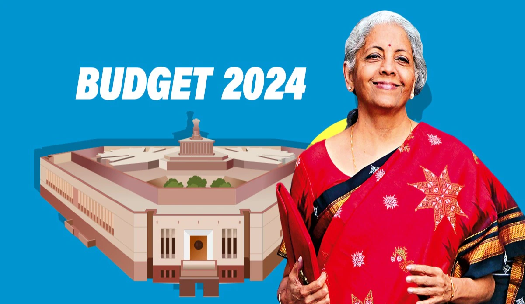International Energy Agency (IEA)
- Established in 1974 as per framework of the OECD.
- IEA is an autonomous intergovernmental
- To ensure reliable, affordable and clean energy for its member countries and beyond. Its mission is guided by four main areas of focus: energy security, economic development, environmental awareness and engagement worldwide
- Headquarters (Secretariat): Paris, France.
- It has 30 members at present. IEA family also includes eight association countries. A candidate country must be a member country of the OECD.
- But all OECD members are not IEA members.
- To become member a candidate country must demonstrate that it has:
- Crude oil and/or product reserves equivalent to 90 days of the previous year’s net imports, to which the government has immediate access (even if it does not own them directly) and could be used to address disruptions to global oil supply.
- A demand restraint programme to reduce national oil consumption by up to 10%.
- Legislation and organisation to operate the Co-ordinated Emergency Response Measures (CERM) on a national basis.
- Legislation and measures to ensure that all oil companies under its jurisdiction report information upon request.
- Measures in place to ensure the capability of contributing its share of an IEA collective action.
Roles and functions of IEA:
- Established in the wake of the 1973-1974 oil crisis, to help its members respond to major oil supply disruptions, a role it continues to fulfil today.
- IEA’s mandate has expanded over time to include tracking and analyzing global key energy trends, promoting sound energy policy, and fostering multinational energy technology cooperation.


